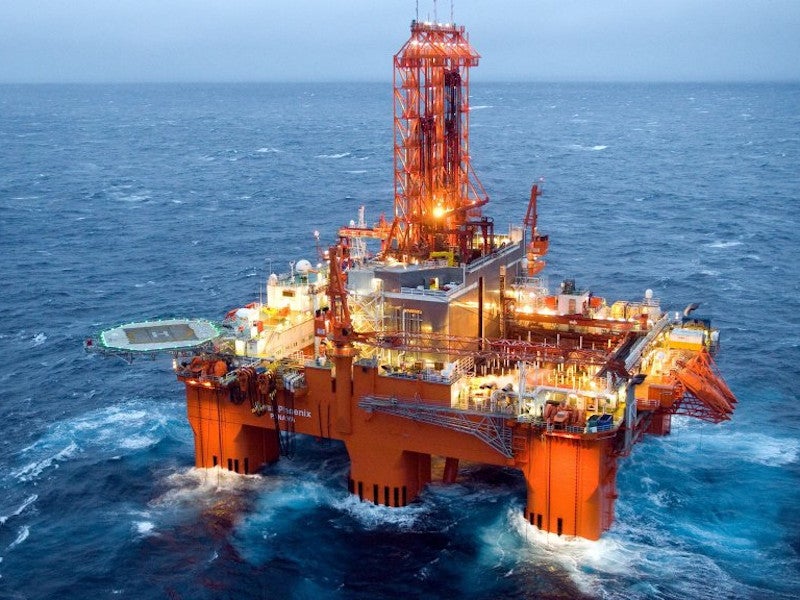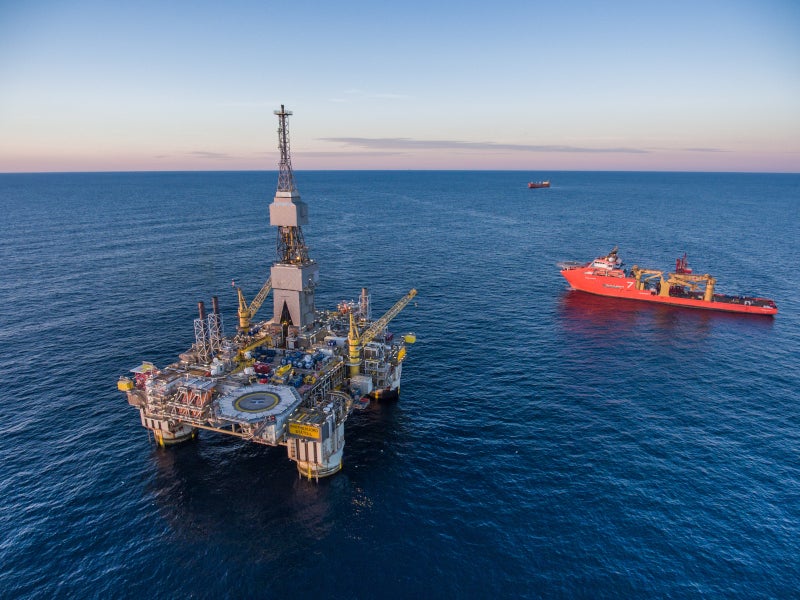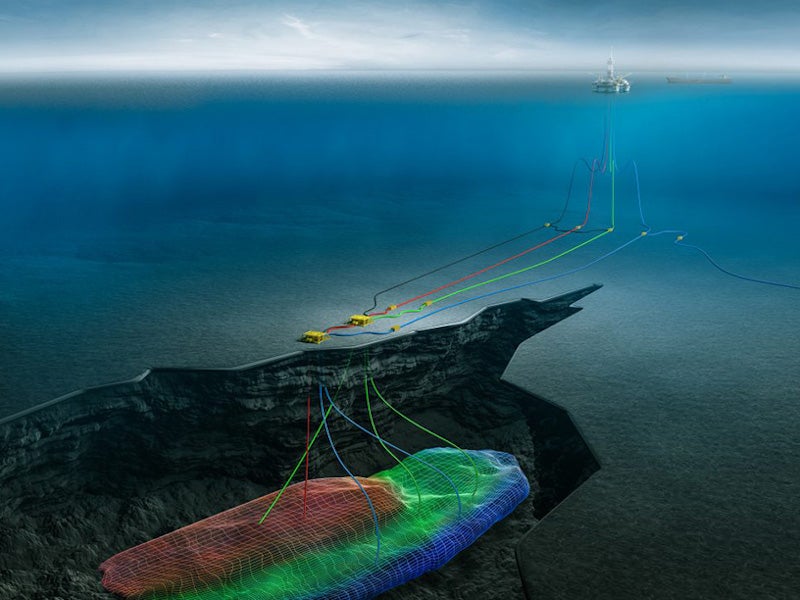The Fenja oil field development project involves subsea development of the Pil and Bue fields and tieback to the Njord A platform in the Norwegian Sea, Norway.
UK-based Neptune Energy holds a 30% participating interest in and is the project operator. Fenja is Neptune’s first own-operated development project on the Norwegian Shelf. The other development partners of the project are Var Energi (45%), Suncor Energy (17.5%), and DNO (7.5%).
The Pil and the Bue reservoirs were discovered in 2014 and the field development plan was approved by the Norwegian authorities in April 2018. Neptune Energy commenced a dual drilling operation from an integrated subsea template structure at Fenja in May 2020 which is being claimed to be the first dual drilling subsea operation in the world.
Estimated to cost approximately £935m ($1.2bn), the Fenja oil field development project is expected to come on stream in early 2022.
The Pil reservoir is estimated to hold approximately 97 million barrels of oil equivalent (mboe) while the Bue reservoir is yet to be appraised. The plateau production capacity of the field is estimated to be 40,000 barrels per day (bpd).
Location and field details
The Fenja offshore development is located in production license PL586, within blocks 6406/11 and 6406/12 of the Norwegian North Sea, approximately 120km north of Kristiansund on the western coast of Norway.
The Fenja field area is spread over approximately 124km2 in 325m-deep waters of the Norwegian North Sea.
Fenja field development details
The offshore field development plan involves the drilling of a total of six subsea wells, including three production wells, and two water and one gas injector wells, from two subsea templates at the Fenja field and the subsea tie back to the Njord A platform.
The wellstream from the subsea templates will be transported to the Njord A platform through a 36km-long electrically trace-heated subsea pipe-in-pipe. It is claimed to be one of the world’s longest subsea pipeline of its kind.
The project also involves a 36km-long umbilical and two separate 36km-long, water, and gas injection flowlines of 12in-diameter each connecting the Njord A platform. The umbilical comprises six electrical cables, two fibre optic cables, and 10 tubes.
Fenja field development status
The installation of two subsea templates and manifolds, and the laying of the umbilicals, water, and gas injection flow lines for the project was completed in 2019.
The drilling of wells was started in April 2020 and the drilling campaign for the project will be carried out in three phases spread over two years.
The dual drilling operation involving the simultaneous drilling of two wellbores from an integrated subsea template structure was carried out at the project site with the use of Seadrill’s semisubmersible West Phoenix drilling rig in May 2020.
Njord A platform
The Njord A semi-submersible floating production platform is currently undergoing upgrades of its hull and topsides. The platform will handle oil and gas from the Njord field as well as Bauge, Hyme, and Fenja fields. Fenja is located approximately 35km southwest of the Njord field.
The production at the Equinor-operated Njord field, in which Neptune Energy holds a 22.5% interest, was suspended in 2016 for facilitating upgrade to the Njord A platform and Njord Bravo floating storage and offloading (FSO) vessel.
The Njord field is expected to restart production in the second half of 2021.
Contractors involved in the Fenja oil field development
TechnipFMC bagged an integrated engineering, procurement, construction, and installation (iEPCI) contract worth more than £185m ($250m) for the Fenja field development project in December 2017. The scope of the contract includes subsea umbilicals, risers, flowlines, and the subsea production system.
Nymo was subcontracted by TechnipFMC for the fabrication of two subsea manifolds and two subsea integrated template structures.
Omnisens was awarded a subcontract by TechnipFMC to design, manufacture, supply, and service the full monitoring solution for leak detection in the 37km-long electrically trace heated pipe-in-pipe for the project. Omnisens’ Distributed Temperature Sensing solution will be used to monitor the pipeline for leak detection for a period of 25 years.
Seadrill has been engaged as the drilling contractor for the Fenja oil field development project.
Kvarner was awarded a contract by Equinor for the complete upgrade of the Njord A platform in March 2017. Equinor revised the contract scope to include additional facilities for handling the wellstream from the Fenja field in July 2018.
Fenja field development partners
VNG Norge was the operator of the Fenja field development project when the production and development plan was submitted to the Norwegian authorities for approval in December 2017. VNG Norge held 30% interest in the field and the other partners in the field were Point Resources (45%) and Faroe Petroleum (25%). The project, however, witnessed ownership and operatorship changes several times in 2018 and 2019.
Neptune Energy completed the acquisition of VNG Norge for £337m ($437m) in September 2018. The acquisition was followed by the merger of VNG Norge into Neptune Energy in December 2018.
Suncor Energy picked up a 17.5% interest in the Fenja field from Faroe Petroleum for £41.5m ($54.5m) in May 2018. DNO, a Norway-based oil and gas company, acquired Faroe Petroleum to hold a 7.5% stake in the Fenja field in March 2019.
Point Resources merged with Eni Norge, a subsidiary of Italy’s Eni, to form Var Energi in December 2018. Eni holds a 69.6% stake in Var Energi, while the remaining 30.4% stake is held by HitecVision. Var Energi currently holds a 45% interest in the Fenja field.





